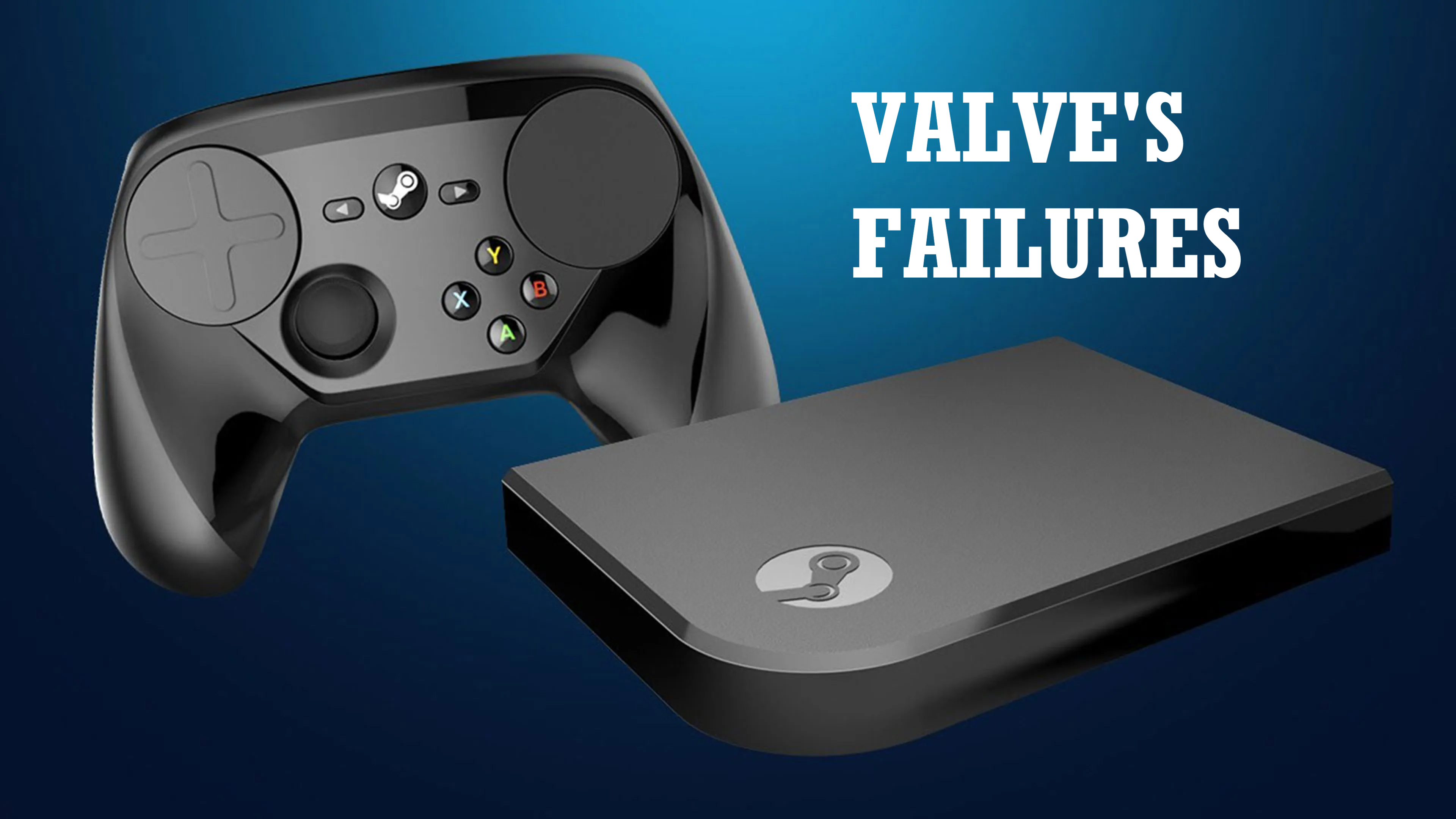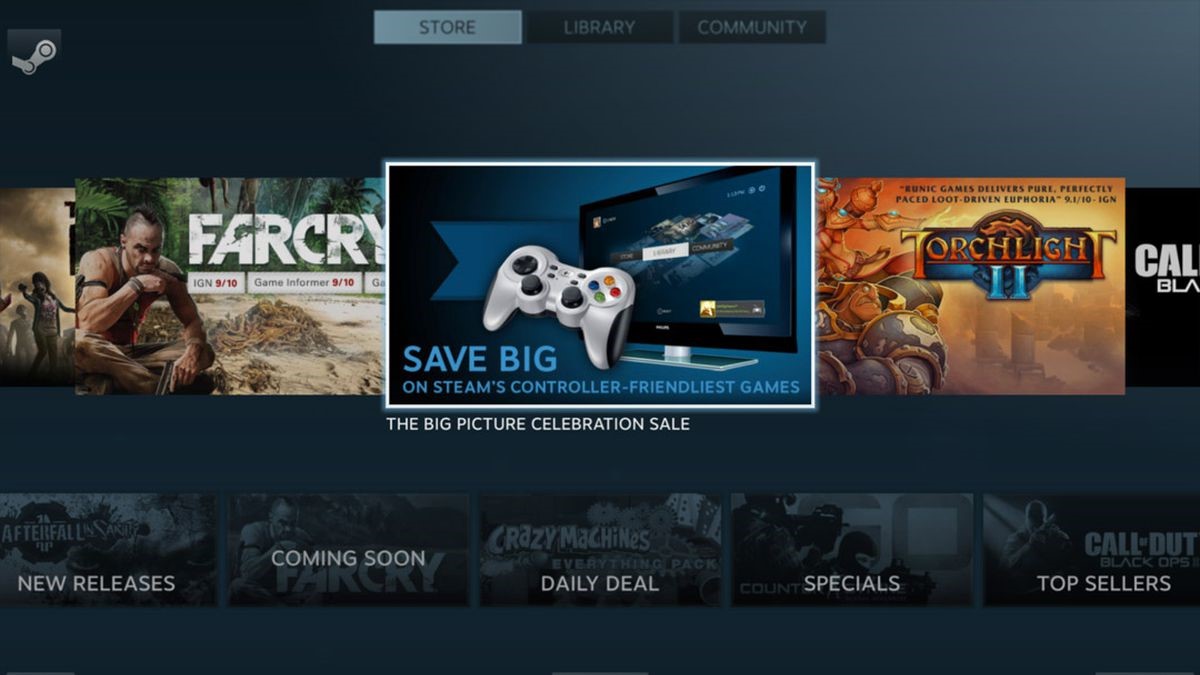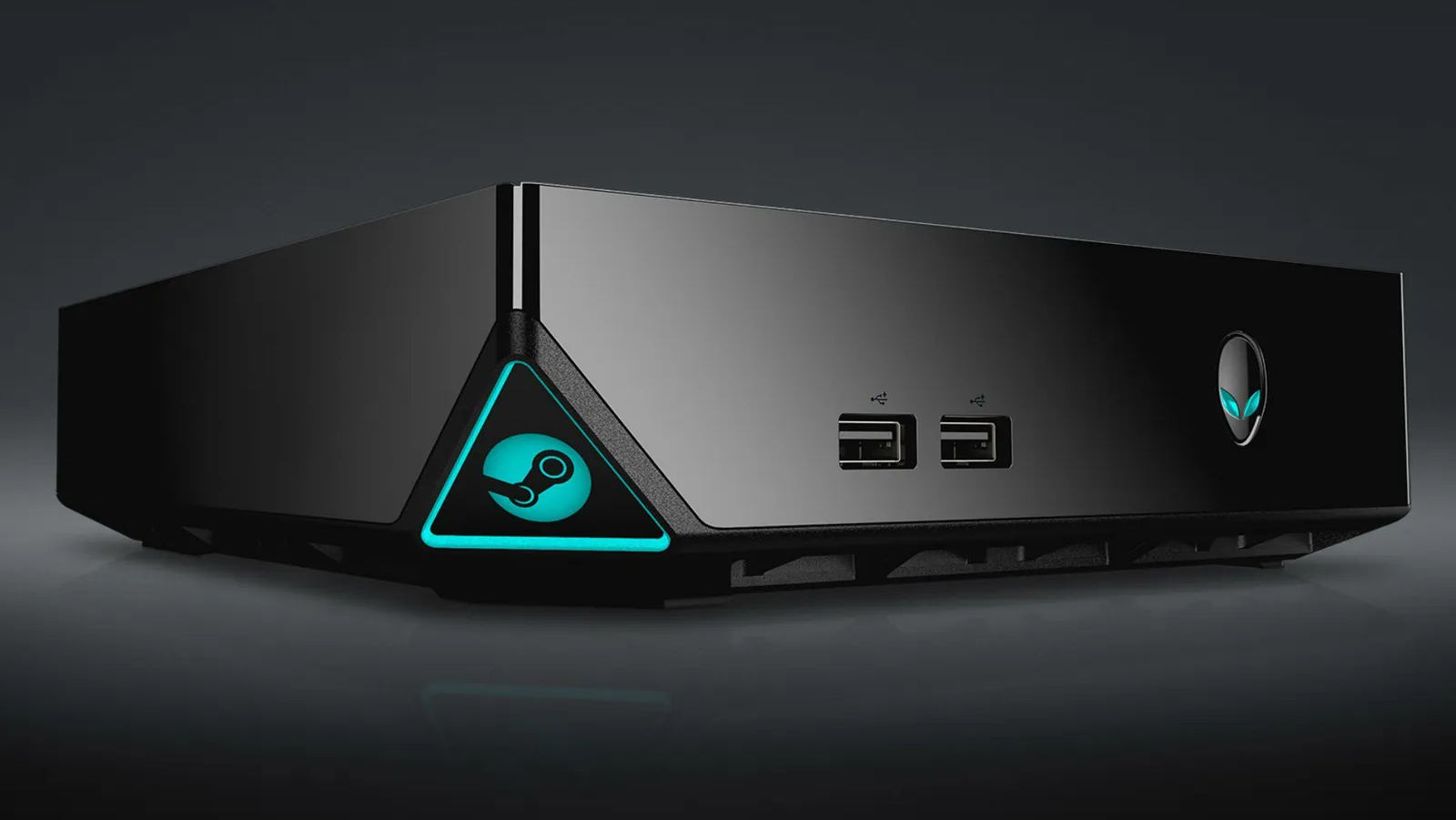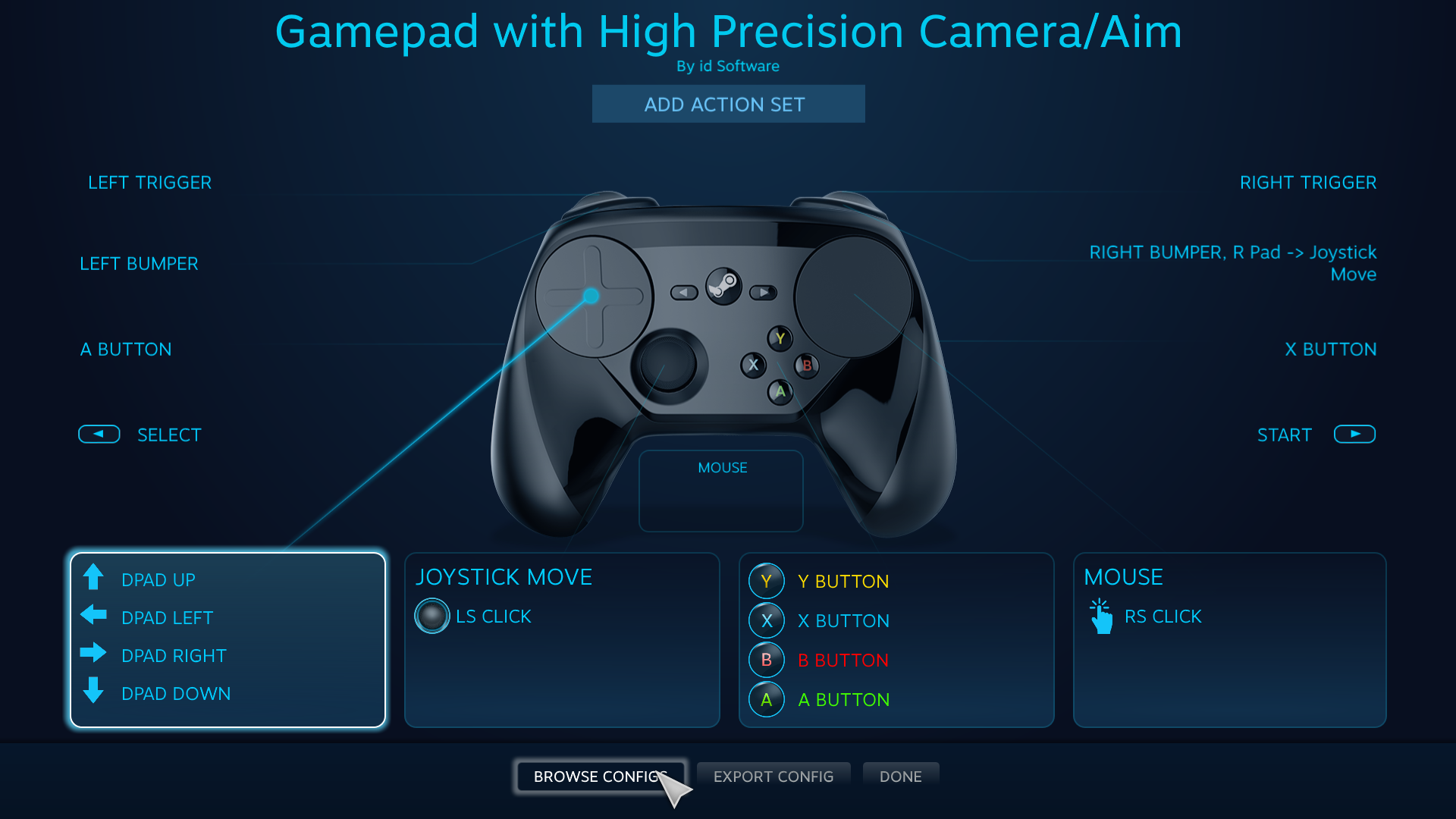For those living under any technological rocks, the Steam Deck is a Linux-based handheld PC. It was designed to bring PC gaming to casual and sofa-sitting audiences. PC gaming, while adopted by millions around the world, is a very static and situational hobby - often lurched over a keyboard and mouse at a desk in the corner of a room. The Steam Deck puts capable PC components into a handheld form factor and allows for PC gaming while travelling, on your couch while docked to your TV, even tucked up in bed! It makes PC gaming more accessible than any other product that came before it, and at a great price to boot.
Not only did it bring PC gaming to a casual audience, but it also brought Linux to a broader gaming audience. Historically, Linux operating systems have struggled to gain mainstream support from game developers. But Valve's Proton delivers a compatibility layer to Linux that allows for playability of Windows games and software on a mass scale, that continues to grow. This could raise the adoption of Linux in PC users to a pretty respectable level based on Deck numbers alone, but may potentially spread it even further.
The success of Valve's Steam Deck has been pretty huge, which is honestly surprising when you consider this comes from a company that predominantly deals with software and video game development. But the road to the near perfection that is the Steam Deck stood on the shoulders of five pretty big projects, most that you could argue failed to bring the intended changes or revolutions to the industry that they set out to achieve. Well, the phoenix rises from the ashes and without each one of these failures, the Steam Deck wouldn't have been anywhere near as refined or polished as it was when it launched in 2022.
Starting 10 years before the big launch, we'll be looking at Valve's introduction of Big Picture Mode and in release order, looking at other innovations and projects Valve released in the years leading up to the launch of their magnum opus, the Steam Deck itself.
Big Picture Mode - 2012
This was Valve taking their first steps towards taking PC gamers and Steam users away from the desktop computer and onto TV screens in the living room. An entirely new user interface with full controller support was developed to remove the need for a keyboard and mouse to interact with the software (although both mouse and keyboard input were supported too).
Gabe Newell (Founder of Valve) once stated that Big Picture mode was a step towards a dedicated Steam entertainment hardware unit, giving those in the industry insight into what their ultimate goal was right from the beginning. This public transparency is something Valve would keep up in the coming years, which is not a common practice for people in similar positions to Valve.
While Big Picture Mode was an important step, it ultimately wasn't really used by all that many gamers and wasn't enough of an incentive to encourage PC gamers to play their games away from the desktop environment. In fact, while easily accessible in Steam on any PC with a single click of the mouse, it was often booted accidentally, causing frustration as players quickly tried to close the interface while it was still sluggishly loading. Not a great initial experience for anyone interacting with the feature for the first time.
Big Picture Mode would get a complete refresh in 2023 inspired by the UI of the Steam Deck, which would bring over some of the same social feature changes they made in 2018 to compete with Discord servers and was the first major overhaul since its 2012 release.
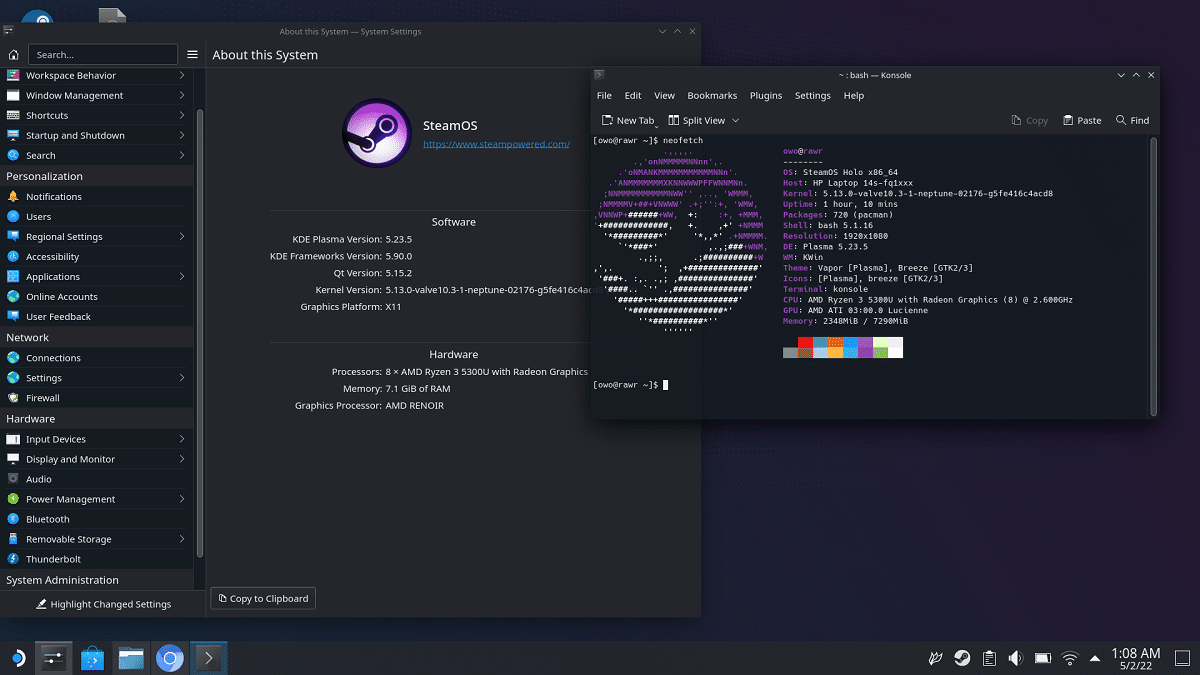
Steam OS - 2013
In an almost immediate reaction to the release of Windows 8 and the closed ecosystem of the Windows Store, Valve began developing their own open-source operating system based on Linux. Valve, and to a more specific degree Gabe Newell, was pretty outspoken about his concerns surrounding the release of Windows 8 and its app store that locked games and even applications behind an encrypted form of digital rights management (DRM), ironically not too dissimilar to the Steam platform itself. Valve were concerned that the new store which was closed in nature and bundled with all versions of Windows 8 (and all Windows releases going forward) would threaten their position in the market.
Seeing Linux as the ideal foundation for a new operating system that Valve could put their stamp on, they began working on a release that would best support not only gamers, but the future of their digital and physical products going forward. Valve made great strides in trying to encourage developers, big and small, to make Linux-friendly versions of their games to help broaden the range of titles and entice gamers to make the jump to Linux, specifically SteamOS. Gabe Newell himself publicly stated he believed that "Linux and open source are the future of gaming" and called the increasingly closed nature of Microsoft and Apple operating systems "a catastrophe for everyone in the PC space".
As ambitious as SteamOS was, it did not make the splash Valve were hoping for and didn't spearhead any sort of migration from Windows gamers to Linux machines, despite efforts to encourage and support developers to release Linux-compatible versions of their games. It wouldn't be until 2018 when Valve would release beta versions of their now widely celebrated Proton, which worked to solve the age-old issue of the majority of titles not supporting Linux by emulating some sort of compatibility through the Windows versions. This was a game changer for Valve and began to show the true potential of SteamOS on a larger scale.
Steam Machines - 2015
If SteamOS was Valve reacting to the Windows Store, their Steam Machines were focused on taking the Windows-dominated personal computer market on as a whole. Partnering with various hardware manufacturers to develop prototype units with the aim to take them to retail store, Valve managed to make partnerships with Alienware, Gigabyte, Origin PC, Falcon Northwest, CyberPower, Materiel, Webhallen, Alternate, Next, Zotac and Scan Computers, all who went on to develop and showcase their prototype units. Valve also made arrangements with GameStop and EB Games in the US and GAME in the UK to setup entire Steam-focused areas in their stores to showcase their Steam Machines as well as other hardware that launched alongside them, such as the Steam Controller and Steam Link (which we'll get to).
Not many of these prototypes went on to sell in the market, but those that did (from manufacturers such as Alienware, Zotac, and Sybe) all shipped with SteamOS preinstalled. Valve hoped that, by releasing these alongside their new controllers, the audience for each would increase adoption of the other. With partners lined up, Steam Machines in production, SteamOS in a somewhat consumer-friendly state, first-party controllers on offer and the power of the number one force in PC gaming to back it up, Steam Machines should have had all the ammunition they needed to make waves and steadily change the habits of gamers to embrace Linux and step outside of the ecosystems that were, at least in Valve's eyes, closing in on them.
However, yes you guessed it - this didn't happen. In fact, by the end of 2016, Steam Machines had failed to sell beyond half a million units, numbers that were frankly dwarfed by those achieved by Xbox and PlayStation in the same period. While this may seem like comparing apples with oranges, it's worth remembering that Steam Machines were competing for the same space in gamers' homes, the living room, a space dominated (both then and now) by console manufacturers. So why did it fail? Well, there's no single reason - but Valve were asking people to accept a lot of change - a new operating system, form factor, controller inputs and a pretty clunky 'Big Picture' experience. The still heavy lack of Linux game support and Microsoft releasing Windows 10 as a free upgrade to most customers likely took any potential shine away, not to mention their own Steam Link competed for the same space in many ways.
Steam Controller - 2015
While developing their Steam Machines, Valve were dedicated to getting their own controller out to the public at the same time, even delaying the release of Steam Machines to ensure their launches would coincide. Of all the hardware Steam have released (including their VR ventures), the Steam Controller can be argued to be the most influential product they have ever released, and not just in terms of its influence on the design of the Steam Deck. It also had an impact on the design of the VIVE virtual reality headset created in their joint partnership with HTC, as seen with the similar trackpads featured on the wand controllers for that device. It would also inspire the conceptual design of a third-party handheld system that was first revealed in 2016 (more on this later).
As just mentioned, the main aspect that set the Steam Controller apart was its two large trackpads - these were designed not only to replace the by then very conventional and widely-adopted twin thumbsticks but also to more accurately and comfortably emulate mouse controls in games that did not natively support gamepad controls. Along with this, Valve introduced Steam Input, which allowed consumers to customise the controls and inputs to a huge degree in any game and share that input map with anyone else playing the same game on Steam. This put the power to play games in any way directly into the hands of players. No longer were customers tied to specific control methods or layouts, and no longer were PC gamers chained to a desk when wanting to play anything that was designed around a mouse.
How can such an inspiring piece of hardware that introduces so many improvements to the playability of games for endlessly diverse gamers result in a failure? Good question. The Steam Controller was definitely ahead of its time, but it wasn't without some pretty big flaws. While the trackpads have their uses and definitely shine when used on specific titles, they weren't the most comfortable to use for a lot of games and had a fairly steep learning curve, especially when considering dual-stick controls have been the standard for over 15 years at this point. The single analogue stick didn't allow it to fall back on conventional controls when the trackpads weren't pulling their weight. The edge use cases weren't enough to encourage mass adoption and Steam Input support was rolled out for use with other popular controllers, making its most powerful tool accessible to everyone.
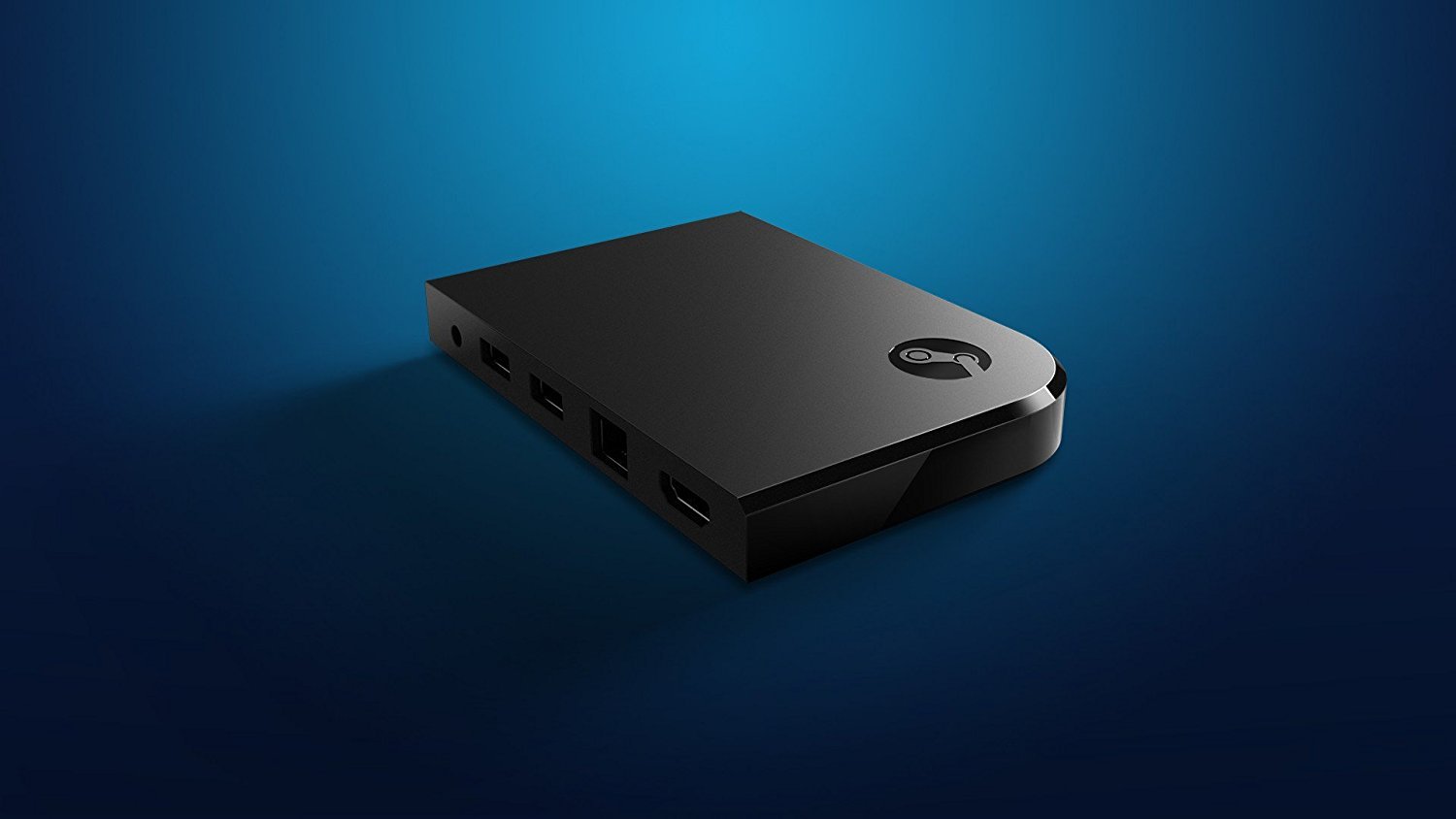
Steam Link - 2015
Releasing in the same window as the Steam Machines was considered a curious move by some, being that the main purpose of the Steam Link was to allow PC users to enjoy games away from their desks and on the "Big Screen". It could be argued that both products competed with each other, albeit with a potentially different audience. And while the Steam Machines failed, the Steam Link would receive a much warmer reception, being good value for money, a decent user experience (when used in the right conditions) and well-supported. The Steam Link allowed for an effective means to stream PC games to any screen in your home.
The Steam Link supported various wired and wireless controllers via Bluetooth and even allowed Proton-emulated games when streaming from a Linux-based machine. Despite being a Valve product under the Steam name, the Link also supported non-Steam games that had been manually directed to play through Steam, making it a powerful PC gaming tool even when considered outside of the Steam ecosystem of titles. Selling at just $50 on launch made the whole concept much easier to digest for those trying to weigh up the pros and cons when comparing it to a Steam Machine. The Steam Link was slim, lightweight, cheap and effective - doing what it said on its tin.
So again, why the sad face? Hold up we're not that sad. While the hardware version of the Steam Link didn't set the world on fire, it does live on today in many forms, including a software version for mobile and smart TV operating systems, as an Oculus / Meta app for headsets in the Quest line and even in the Steam Deck itself via remote play. Of all the products discussed, Steam Link learned its place the quickest and made a name for itself in almost everything Valve does today. Without it, remote play options would be a rough situation for Steam games and the Steam Deck itself would have one less incredibly powerful feature for its arsenal.
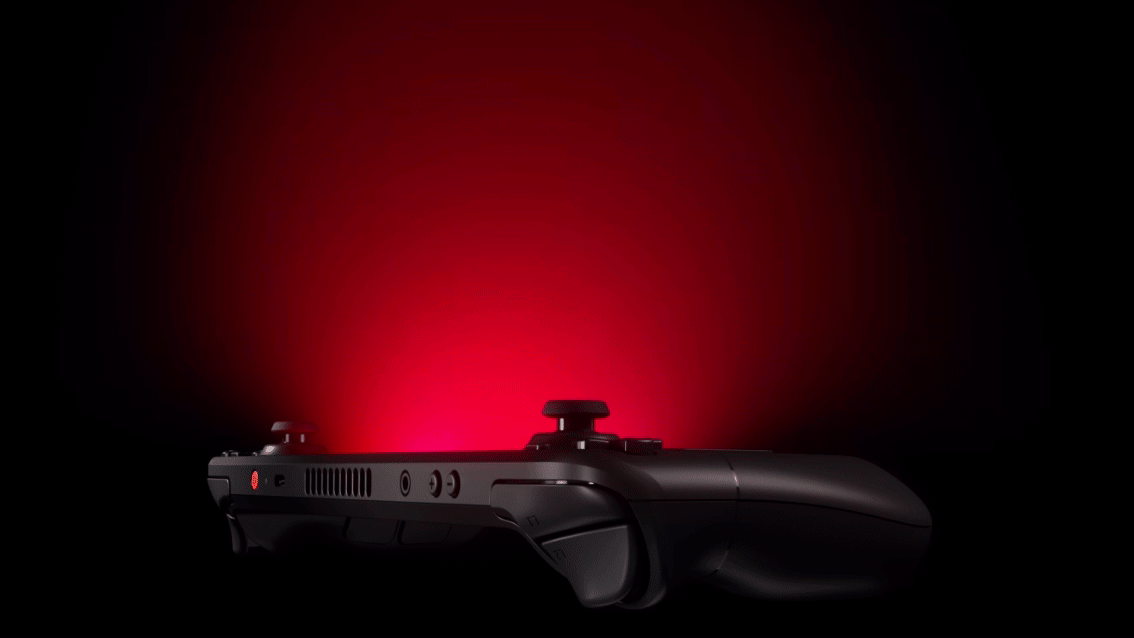
Steam Deck - 2022
That brings us to the main event, the headliner, the cream of the crop - The Steam Deck. Each of Valve's failed projects left the Deck an inheritance of wisdom and creative ingenuity that prevented it from falling into the same traps with consumers and actually combines all of Valve's best work into a product that simply delivers on so many levels. It has the UI optimisations of Big Picture Mode, the years in the oven of SteamOS, the lessons of Steam Machines, the innovation of the Steam controller, and the functionality of Steam Link, plus more all rolled into one.
The Steam Deck has continued that legacy of influencing further development as the recently released OLED model improves in areas that were most criticised with the original device. We're sure whatever releases next, whether that be a new VR headset, a new controller or something new entirely, will bring with it everything it learned from the development of the Steam Deck and everything that came before it. It's pretty much confirmed that a new VR and a Steam Deck 2 will hit digital shelves in time; how much they push the technological evolution beyond this already high point remains to be seen.
It's worth mentioning that Valve weren't the first to take a stab at developing a handheld gaming PC with Steam as the focus. Back in 2016 a group called SMACH Team ran Kickstarter and IndieGoGo campaigns for what they were calling the 'SMACH Z' handheld gaming PC (known internally as the Steam Boy), which had clear inspirations from Valve's Steam Controller with its touchpads and single analogue stick - it also very likely would have leant on Big Picture Mode to present the Steam software both in and outside of games. Despite the success of the campaigns, the projects never got off the ground and the company eventually filed for bankruptcy, but we do often wonder how that turned out in an alternate universe.
Do you have any experience with the devices above? What are your thoughts on the Steam Deck? Where can Valve go from here? Share your thoughts in the comments below!
Researched and written by Warren Dance. Editorial and proofreading assistance from Laurel Ann and Vítor Braz.


